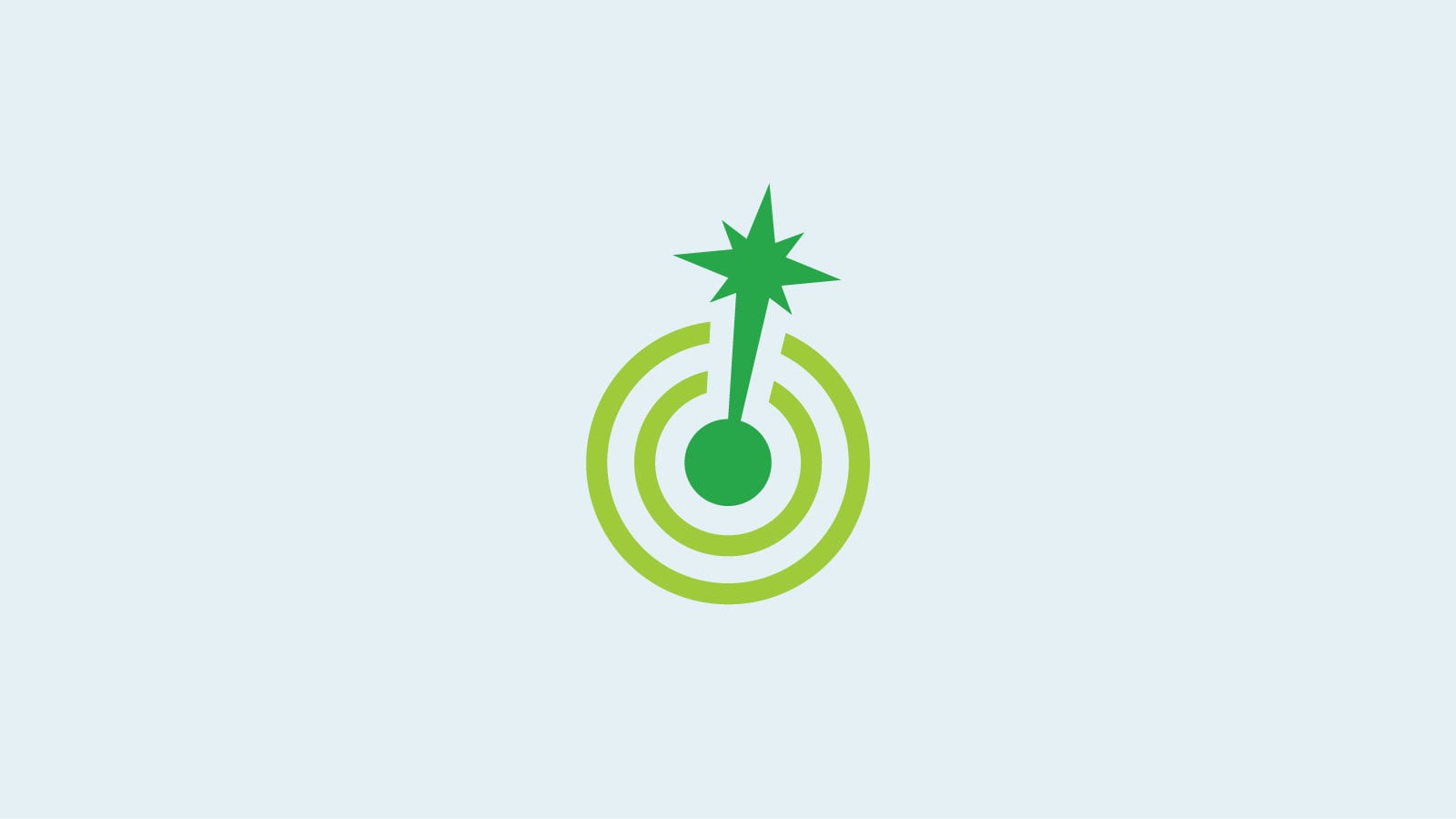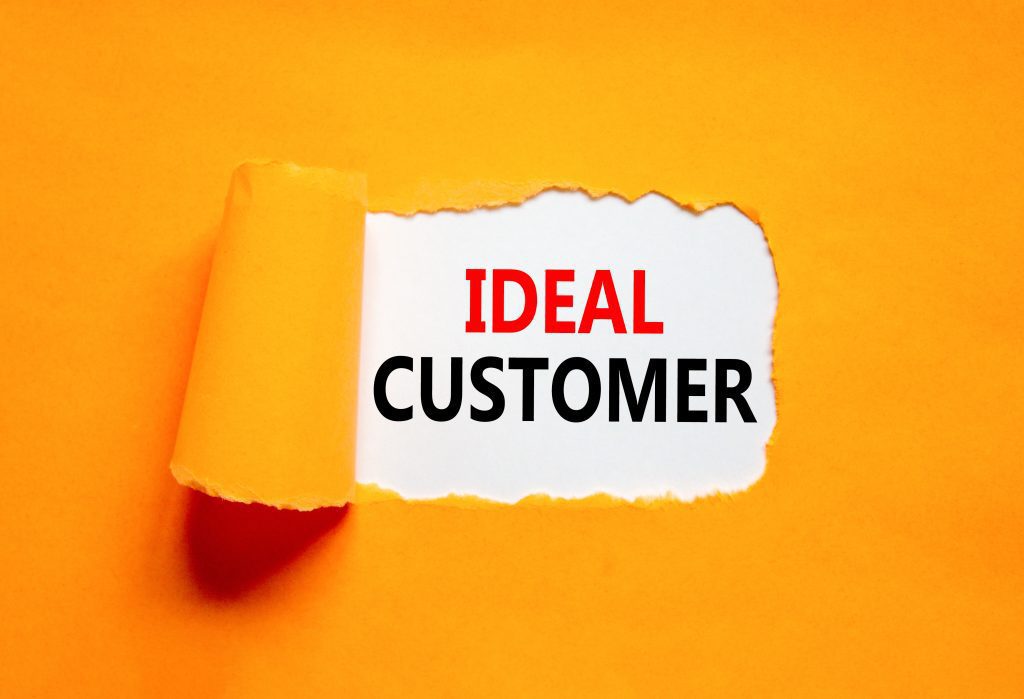Where do you sit when viewed alongside your competitors?

Do you have a clear distinction or advantage? Or, do you just blend in with others?
In the business world, being distinctive can be one of your best assets – but you’ll need to identify and convey what makes your product or services unique.
In this marketer’s guide, we’re delving into what competitive advantage means, how you can identify it, and, if needed, what you can do to improve. Ready to dive in and discover or improve your competitive advantage?
What is a competitive advantage?
Competitive advantage can be described as a unique set of skills, values, or qualities that your business has, which helps to set you apart from similar businesses. Your competitive advantage is often the ingredient you become known for, such as, the best customer service or the most innovative features.
Ideally, your competitive advantage is a reason why customers will choose your business over the competition.
Examples of competitive advantages
There are many ways you may have a competitive advantage. Here are some examples:
- You have a unique combination of skills or experience others just don’t. For instance, you often see well-established service businesses doing a consistent trade because people trust their years of experience. Think law firms, accountants, or auto repair shops.
- You have relationships and connections that most don’t have.
- You have access to unique resources. Perhaps it’s your proprietary technology or other types of resources that only you may use.
- You specialize in something that competitors don’t. Let’s say you’re a photographer and your area is flooded with wedding photographers. Establishing yourself as a sports or family photographer might be your point of distinction.
- Your price point. An obvious example is the Walmarts and Amazons of the world. They’ve transformed themselves into a uniquely competitive position where they’re so big that competing on price works for them. Price is not generally the best thing to compete on though, as it tends to be a race to the bottom. Most smaller businesses couldn’t sustain always being the least expensive.
- You provide a unique experience. If you own a hamburger restaurant in a town with a dozen others, your dining experience could be what sets you apart. Maybe you have a secret sauce, a unique ambiance, or the best french-fries in town. Maybe you cater to special diets that other restaurants don’t.
- You have a distinct culture and/or values. People tend to identify with businesses that share their values.

Why does it matter to identify competitive advantage?
Why does your competitive advantage matter? First, if you understand why your customers choose you over others, you can work on improving that “why” and maintaining it. What if you were unaware that people were coming to you specifically because you do something a particular way, and then you changed that very unique process or offering?
When you understand what value you deliver for customers, you can leverage that into a bigger competitive advantage for your business. Then take that “why” and expand upon it.
Competitive advantage is also an important force behind how you brand, market, and promote your company. You need to highlight your competitive advantage across the channels you use to share your business with the world. For example, competitive advantage feeds into:
- What you say about your company and how you say it. Voice is an important communication tool with customers!
- The look and feel of your business. This includes assets like your website design and any digital or print marketing channels.
- The products you create and how you present them.
- How you position your business in terms of pricing.
Your competitive advantage also directly impacts your target audience for your product or service. There will be specific segments of people for whom your business appeals to more than others.
How do you determine your company’s competitive advantage?
Having a good understanding of target customers is important when identifying competitive advantage. If you need help creating customer personas, check out our article here.
Devote ample time to thoroughly defining your competitive advantage. This simple step will help you discover opportunities for improvement.
Performing a competitive audit
An important step in finding your competitive advantage is to perform a competitive audit. This is an investigation of your competition to discover what they’re getting right, areas you feel they may have wrong, and what can be improved. You ultimately aim to answer the question, why should customers come to us instead?
Your competitive audit should cover the actual products or services of your competitors in addition to their marketing and positioning. Sometimes you’ll find a company has an excellent product, but doesn’t appear to market it well – that could be an opportunity for you.
Here are five steps for conducting a competitive audit:
- Define key goals/questions for your audit. For example, maybe you need to put time into finding out how your competitor’s product works to identify their strengths and weaknesses.
- Identify your competitors. You might have direct competitors who sell a similar product or service to a similar audience, as well as indirect competitors who might have a similar value proposition but usually target a different customer segment. For example, accounting software might target small businesses in general, small businesses within a certain industry, or larger businesses. If you sell to small businesses, software targeting large businesses might be an indirect competitor.
- Dig into the strengths, weaknesses, opportunities, and threats for each competitor (SWOT analysis). Do this for both their products and their marketing.
- Record your findings. A matrix is a popular choice, where you input SWOT data, key differentiators, other information (such as ratings), and an explanation of any unique features. This gives you a simple format to compare results across multiple points.
- Summarize findings in a way that makes sense to you. For example, highlight how you are different from each competitor and areas where they may be at an advantage over you.
Why do your customers buy from you?
What advantages do your clients recognize when they choose to do business with you? Part of determining your competitive advantage is to understand what has drawn your customers in.
The simplest way to do this is to ask. Calling or emailing current customers, sending out a survey, and/or including a survey at the end of their purchase are simple ways to get feedback. Customer responses can give you a wealth of qualitative information. Once you have some insight, look for any patterns in what people are sharing.
Here are some examples of questions to ask:
- What made you buy X product today?
- What do you like best about our company?
- What would you suggest we improve at our company?
- How would you describe our company to others?
Why do customers buy from your competitors instead of you?
Are there any disadvantages in your products or services that your potential clients recognize? You can learn a lot by looking at customer reviews on competitor products and services to see what their experience was and why they do or don’t recommend the company.
Look for the real reasons. It can be tempting to think that it’s all about price – but often it’s not. For example, maybe your competitor offers a more personalized service, or they offer extras that you don’t. Sometimes you find that your best customers aren’t who you thought they were and you’ve been targeting the wrong segments.
Why do some potential customers choose not to buy from you?
Take a moment and think about potential customers who have looked at your products or services, but ultimately did not buy. If you can get information as to why they decided you weren’t a good fit for them, it can help shape how you develop your competitive advantage. If you talk in person, you could simply ask, “What made you decide we weren’t what you were looking for?” Otherwise, if you sell primarily online, try an exit survey and ask why people left.

Strategies for competitive advantage
With an assessment of your current position relative to your competitors, alongside a clear definition of your target audience, you can examine where your business needs to focus to build a competitive advantage.
Consider how you meet customers’ pressing needs. What will appeal to them and get them to become customers? This is the starting point for defining your competitive advantage strategy.
Some common strategies include:
- Operational effectiveness. This is all about doing what you do more efficiently and effectively than anyone else and often allows you to offer a better level of service. For example, one way Designed.co differentiates from other design firms is by using a very effective communication dashboard with their clients. This avoids the back-and-forth that often slows design efficiency. Being able to deliver more quickly than competitors is an example of operational effectiveness.
- Technology advantage. If your company uses newer, better, or more efficient technology, this may be a source of competitive advantage. For example, a property surveyor that can deliver their surveys in an electronic format might be favored over one that will only do paper, especially if building submissions are online.
- Adaptability advantage. Have you ever noticed that sometimes a smaller player in a competitive market can get a strong foothold, even if there are large competitors? This often comes down to their ability to be adaptable and flexible. They can implement new ideas more quickly because they are less burdened by their internal structures.
- Knowledge and experience. Sometimes your competitive advantage might genuinely be that you’re the only business in your service area with a specific set of skills, knowledge, and experiences. You might serve a particular niche much more skillfully than competitors.
- Innovation strategy. You can compete on being the most innovative, although this is a difficult strategy to sustain because innovations can often be copied. There’s also the first-mover disadvantage – where you may need to spend time and resources on educating people about innovations or investing more heavily in the technology that supports it.
- Brand differentiation. Some brands have great success with creating a unique and recognizable identity for themselves which becomes a source of competitive advantage. For example, consider why brands like Nike or Apple are instantly recognizable. Their simple and streamlined branding lends a strong differentiator among competitors.
- Cost leadership. This is for companies that want to use price as their main differentiator. As stated previously, this isn’t an easy strategy to choose because the big players can often afford to swallow losses to push out smaller companies and gain control of the market.
- Variety. Sometimes it makes sense to compete by offering the best variety for customers. This is especially true if your industry is big on choices. Large department stores are a good example of this.
- Quality. Maybe you’re not the least expensive, but your products offer the best quality. You might also offer better features such as money-back guarantees, warranties, or repairs.
- Location. We’re in a time where many people are more aware and making a conscious choice of products and services based on where they are coming from. Sometimes, it’s an advantage to advertise as a local business and/or include and promote that your products are Made in the USA.
- Sustainability. Among conscious consumers, this can be an advantage to be able to show the sustainable and/or ethical practices of your company.
- Accessibility. If your product or service is easily available to more people than your competitor’s this could be a source of competitive advantage.
Opportunities to improve your competitive advantage
You may already deliver a well-established competitive advantage, however, it’s still important to analyze your competitors and look for opportunities where you can improve. Strategies that work are often copied and used by others, so it’s important to stay flexible and relevant.
Reviewing your pricing is a good place to start. Prestige pricing is where people perceive that the higher price of the product or service is demonstrative of higher quality, or of conferring improved social status by having it (for example: Rolex watches). Besides prestige pricing, it might simply be time to raise your prices so that you can compete financially, especially in terms of having the finances to support growth, development, and marketing.
Another option is to look at different marketing channels. Maybe you sell products that would perform well on Instagram but it’s not a channel you’re utilizing yet. Investigate how your competitors are using different channels and what’s working for them to see if there are areas you should consider.
Other examples might include: investing in new technology, developing new SLAs (Service Level Agreements), moving into an underserved niche, or finding innovative ways to delight your customers.
Periodically reassess your strategy and ask: Are we still relevant? Are we maintaining our previous competitive advantage? Are new competitors sneaking in and doing it better? How can we improve?
What’s next?
With a good understanding of your competitive advantage and how you can improve, it’s important to identify the journey your customers take when they are looking for your products or services. This gives you a better idea of how and where to focus your marketing efforts.
Marketing Guides
Stay connected with updates on our work, what we’re learning, and life behind the scenes at Paragon.



